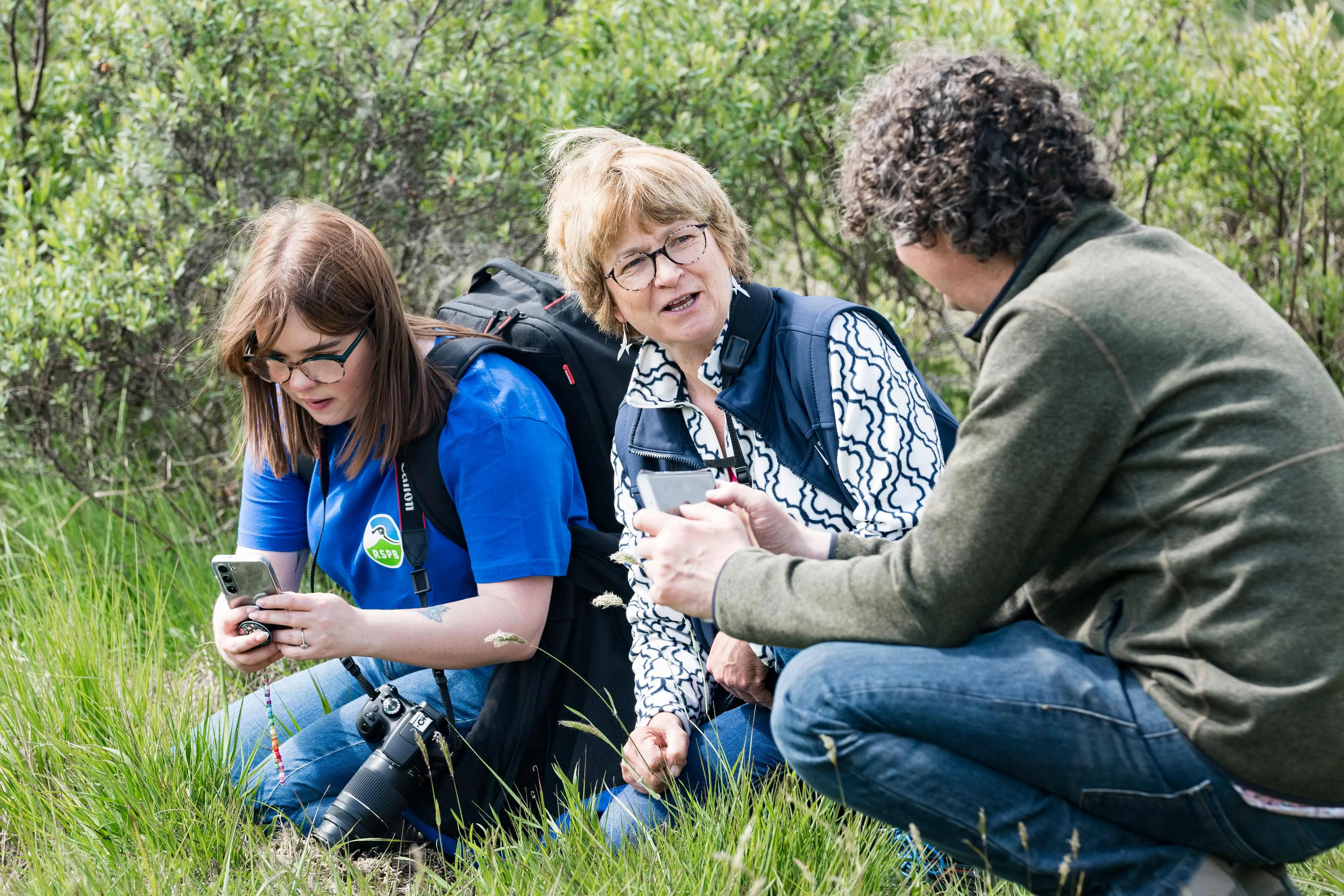News
Celebrate National Tree Week with a look at three remarkable woodland birds
Meet the UK’s mightiest finch, our smallest woodpecker and a beak-snapping flycatcher.
The RSPB celebrated its first campaigning success 103 years ago, when the Prohibition of the Importation of Plumage was passed. Since then, we’ve celebrated many more successes with you by our side. Here are some of our favourite wins so far, made possible with your support.

In 1891, Etta Lemon, Eliza Phillips and Emily Williamson joined forces to form the RSPB, united by their determination to put an end to the plumage trade.
The fashion for feathers in headwear was worth £20 million per year (equivalent to £2.1 billion in today’s money!), and this insatiable appetite had a detrimental impact on species like the Great Crested Grebe and Little Egret.
To take on a fashion industry giant was no small feat for three Victorian women, and so the Society for the Protection of Birds knew they needed to drum up as much support as possible. Members were brought on board for a subscription fee of five shillings per year; Society Christmas cards, postcards and nestboxes were produced to generate funds; and supporters were kept informed through the first regular publication: Bird Notes and News.
After thirty years of tireless work, the prohibition was passed in 1922.
Despite achieving the society’s initial mission, the RSPB continued, buoyed by the success and spirit of Emily, Eliza and Etta. Bold campaigning, cutting-edge research and landscape-scale conservation have continued to drive the organisation for the past 130 years – but at the core, we know the winning formula for saving nature hasn’t changed since 1891. Our work has only been possible with you and your support.
So far this year, we’ve welcomed in some brilliant news. As a celebration, we wanted to share some of the highlights over the past century, in which wildlife has won thanks to you. Our environment is under threat, but with you by our side, we know a future where nature thrives is within reach.
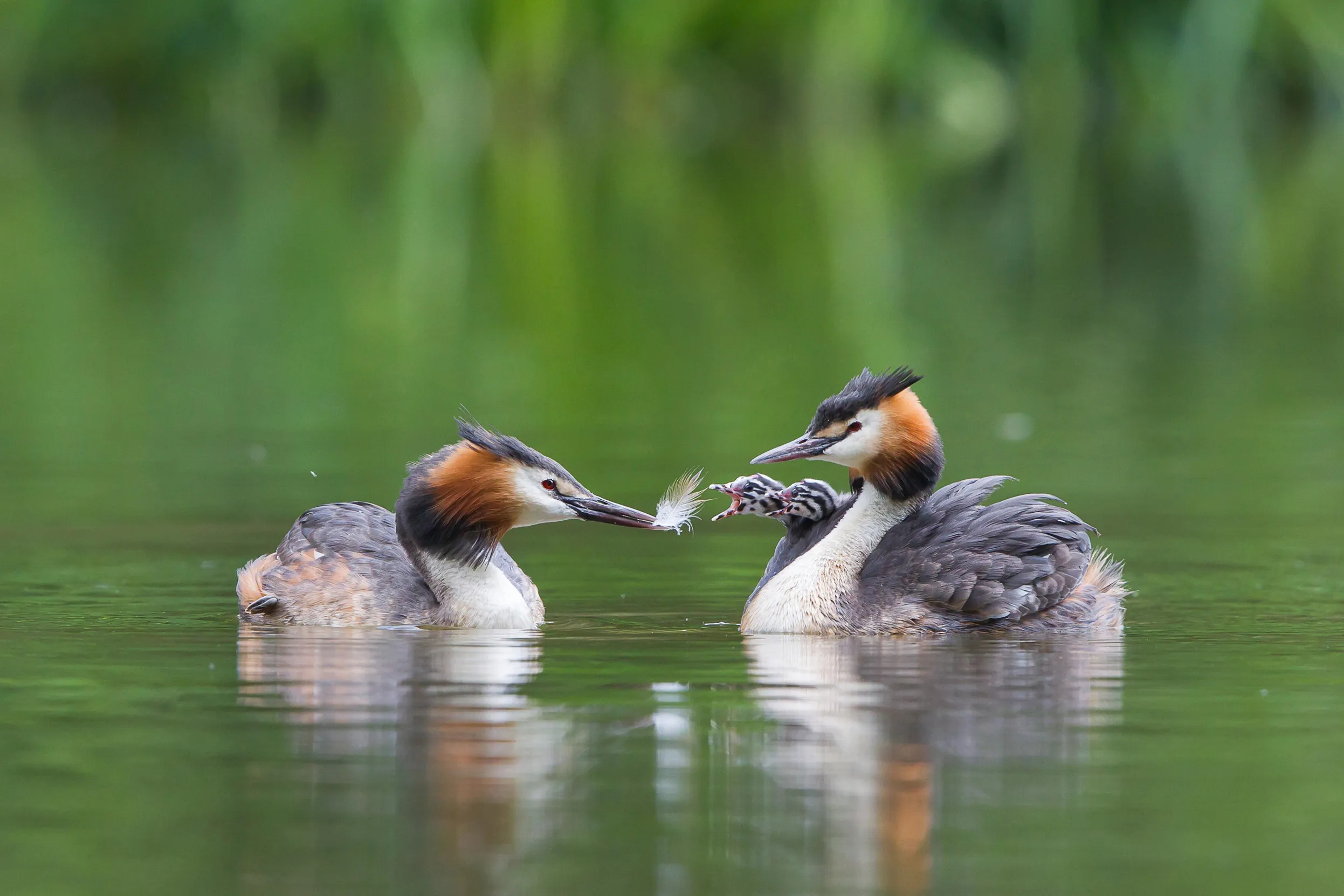
Hen Harriers skydance and Golden Eagles soar over our wet uplands. Here, the peat bogs are indispensable carbon stores, integral pieces of the puzzle in combatting the climate emergency. Yet, muirburn (vegetation burning for sport or agriculture) puts these habitats at risk, along with the surrounding upland areas where ground nesting birds raise their broods. Previously, muirburn burning has only been regulated voluntarily, meaning environmental consequences were sometimes ignored. Last week, Scotland celebrated the passing of the Wildlife Management and Muirburn Bill, which will see the introduction of legal enforcement of the code, reducing damage to invaluable habitat. The bill is also a win for Scotland’s birds of prey. Raptors, including Golden Eagles and Hen Harriers, have historically suffered from persecution. Grouse shoots will now be licensed, and any shoots linked to incidents of raptor persecution will have their licences revoked.
RSPB Scotland have been campaigning for multiple decades for legislation to be passed so this was a welcome win! We now hope to see England follow suit.

Campaigning requires us to have an ambitious and bold vision for our future; conservation work needs to be carried out with utmost attention to detail. Species success requires a thorough understanding of a bird’s behaviour and needs, through a science-led approach. In 2023, we celebrated a brilliant 234 male Bitterns booming across the UK – an impressive increase from only 11 males heard in 1997.
A member of the heron family, the Bittern is dependent on reedbed habitat, much of which was drained and repurposed from the 1600s. Resultantly, this bird faced UK extinction on multiple occasions.
Our supporters have enabled us to safeguard the future of this species by helping us to research their feeding habits and nesting preferences. Our wardens and conservation scientists continue to investigate how best to manage a wetland and spend time ensuring valuable reedbed does not become shaded out by encroaching scrub. Consistent examinations of water quality on our sites ensure that fish populations can support a growing population of hungry beaks.
And, maybe most importantly, your support continues to allow us to acquire, restore and maintain more and more wetland habitats. Together, we’re creating room for the Bittern populations, and many other wetland species, to continue to boom.
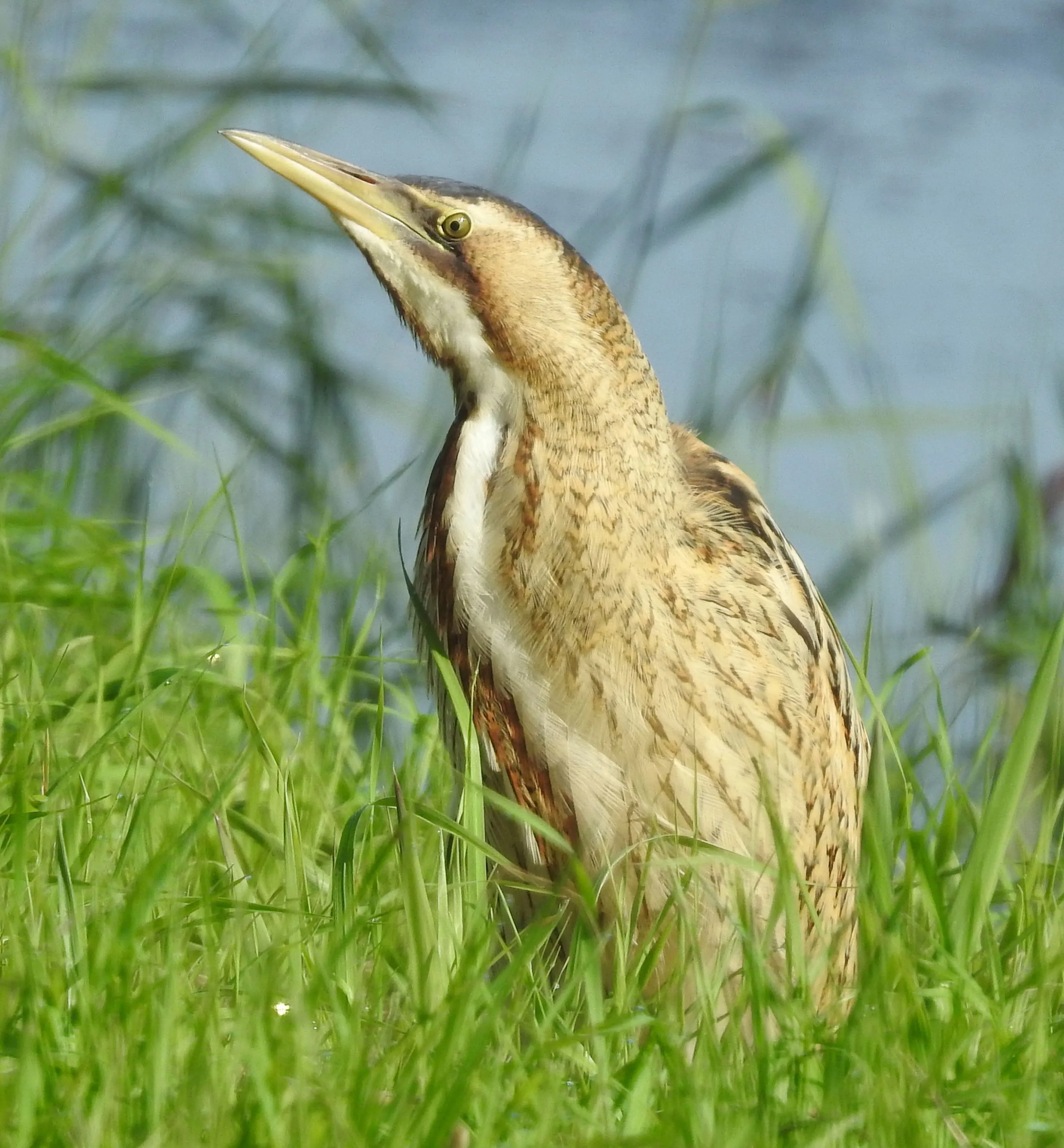
And it isn’t all about wetlands, nor is it all about birds! From reedbeds to woodlands, salt marsh to heathland, the RSPB owns over 220 reserves across 160,000 hectares: protecting over 18,700 species - Dormice, spiders, Otters and rainforest fungi to name just a few!
But it all started in the 1930s, less than a decade after the Plumage Bill was passed. The RSPB purchased its first nature reserve, with funds raised from our supporters: Cheyne Court in Romney Marsh. While this reserve no longer exists, RSPB Dungeness and East Wood Reserves were purchased shortly after.
Last year, we welcomed approximately 1.5 million visitors to our reserves across the UK. Whether you’ve enjoyed guided walks or relaxed in our cafes with a cup of shade-grown coffee, you’ve supported wildlife by connecting to nature on our reserve. We hope you’ve made memories to last a lifetime - we’ve certainly loved sharing experiences with you.
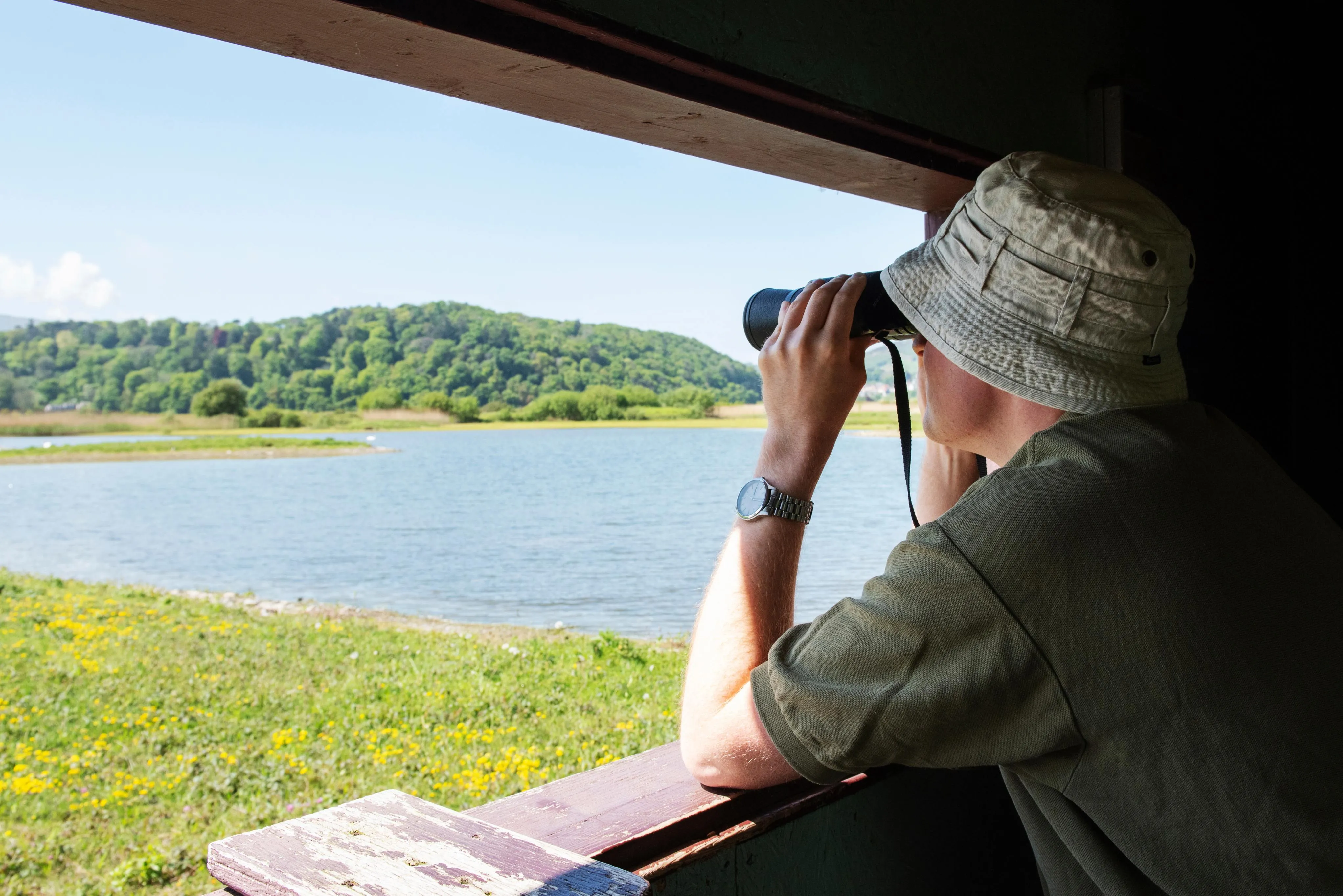
When you imagine scientists carrying research for the RSPB, you might picture lab coats and microscopes or ornithologists equipped with telescopes. But actually, one of our largest datasets is contributed by you, our supporters, from the comfort of your own homes!
The Big Garden Birdwatch first took flight in 1979 in schools; students surveyed the birds on their grounds to create a snapshot picture of garden bird populations. Fast forward to 2001 and Big Garden Birdwatch was the largest bird survey in the world with more than 29,000 submitting their count.
Since the first Big Garden Birdwatch 45 years ago, we have seen many changes in our much-loved species, including increases in sightings of Goldfinches and Great Tits. It has also alerted us to declines in species like Song Thrush and Starling. It has been invaluable in assessing how bird populations have fared year on year and which species most need our help.
In 2021, during the third Coronavirus lockdown, Big Garden Birdwatch saw its highest ever number of submissions, with over one million people taking part! Together, we gave back to nature after it had provided some much-needed solace for us throughout troubling times.

Along many of the coastlines in the UK, a summer’s day walk along an edge of a sea cliff is accompanied by the rowdy calls from seabird colonies. Here, we hold host to internationally important colonies of breeding seabirds: Puffins, Gannets, Razorbills and Fulmars to name just a few. But despite their importance and conservation efforts from various organisations, our populations are under pressure. Since 2000, one in four Puffins have been lost from the UK.
A warming climate, the spread of avian flu and a decline in food sources were some of the factors to blame. Sandeels are a staple part of the diet for the chicks some of the species under threat, but industrial Sandeel fishing were causing stocks to be depleted. This year, an end to Industrial Sandeel fishing was announced in the English North Sea and Scottish waters, after 25 years of relentless campaigning from the RSPB, partner organisations and our supporters.
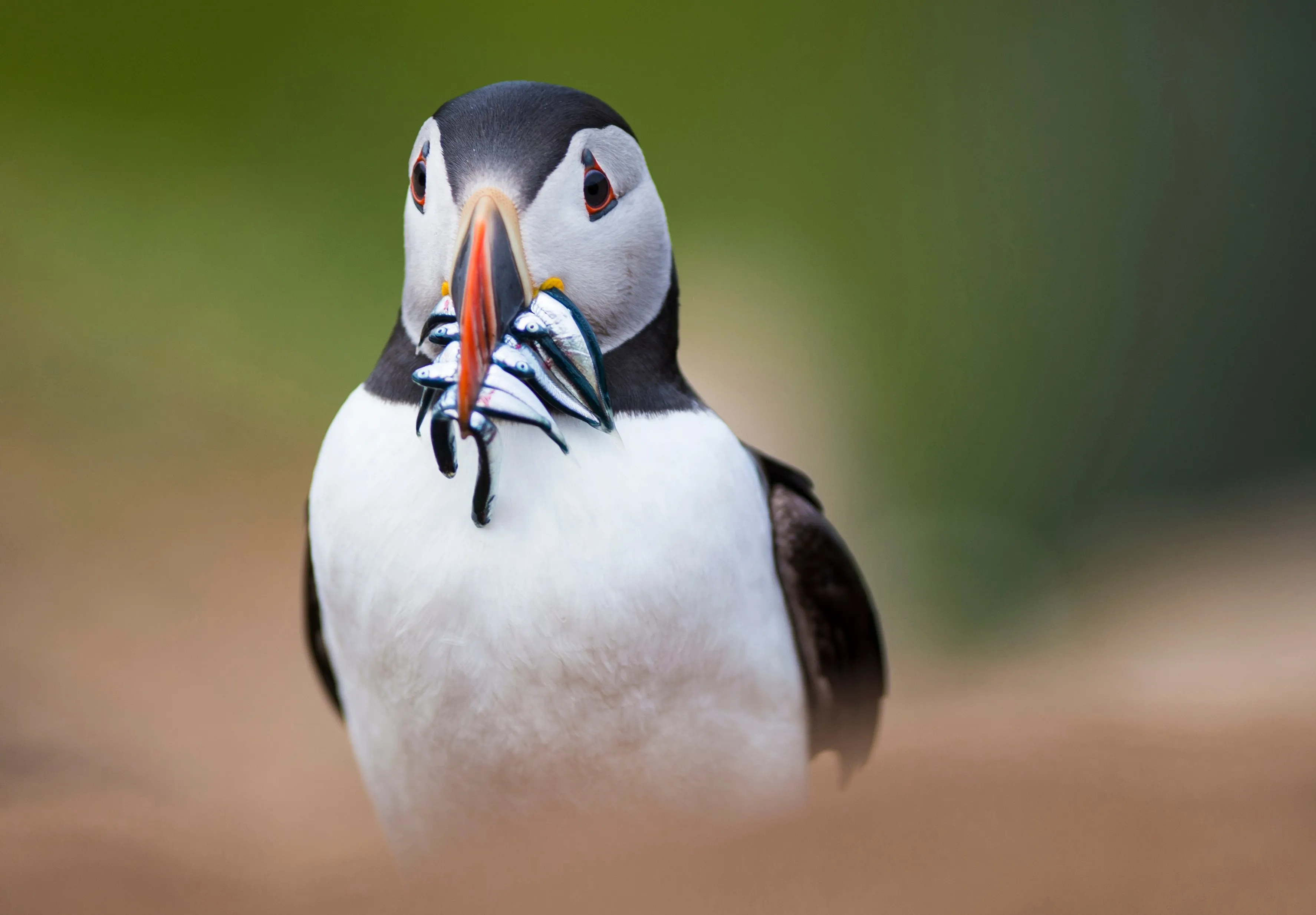
In many cultures, albatrosses are seen as a sign of good luck. These birds spend most of their lives at sea and are held in high regard for their resilience, having to navigate the most treacherous of conditions. They’ve been considered to be a sign of good fortune for sailors for many years; a sighting of an albatross near a fishing boat was a sign of calm waters as they aim to avoid storms.
Yet, these hardy seabirds faced catastrophic declines which have put 15 out of the 22 albatross species at risk of extinction - and not as a result of the harsh environments they inhabit. Instead, they’re common victims of ‘bycatch’: an unwelcome side effect of longline industrial fishing which sees birds getting tangled in trawl cables and stuck on baited hooks.
The Albatross Task Force was assembled in 2006 with BirdLife International, and quickly got to work in Namibia. The Task Force worked with fishing crews to introduce new techniques to reduce the risk of bycatch, including changing fishing times and adding adjustments to the long lines, making them sink faster, to reduce the risk of albatrosses getting caught. When it was evident that these changes were making real difference for populations, the Task Force went about influencing legislative change. By providing practical help for fishing crews, and passing new policy, it has been estimated there has been a 98% reduction in albatross deaths in Namibia.
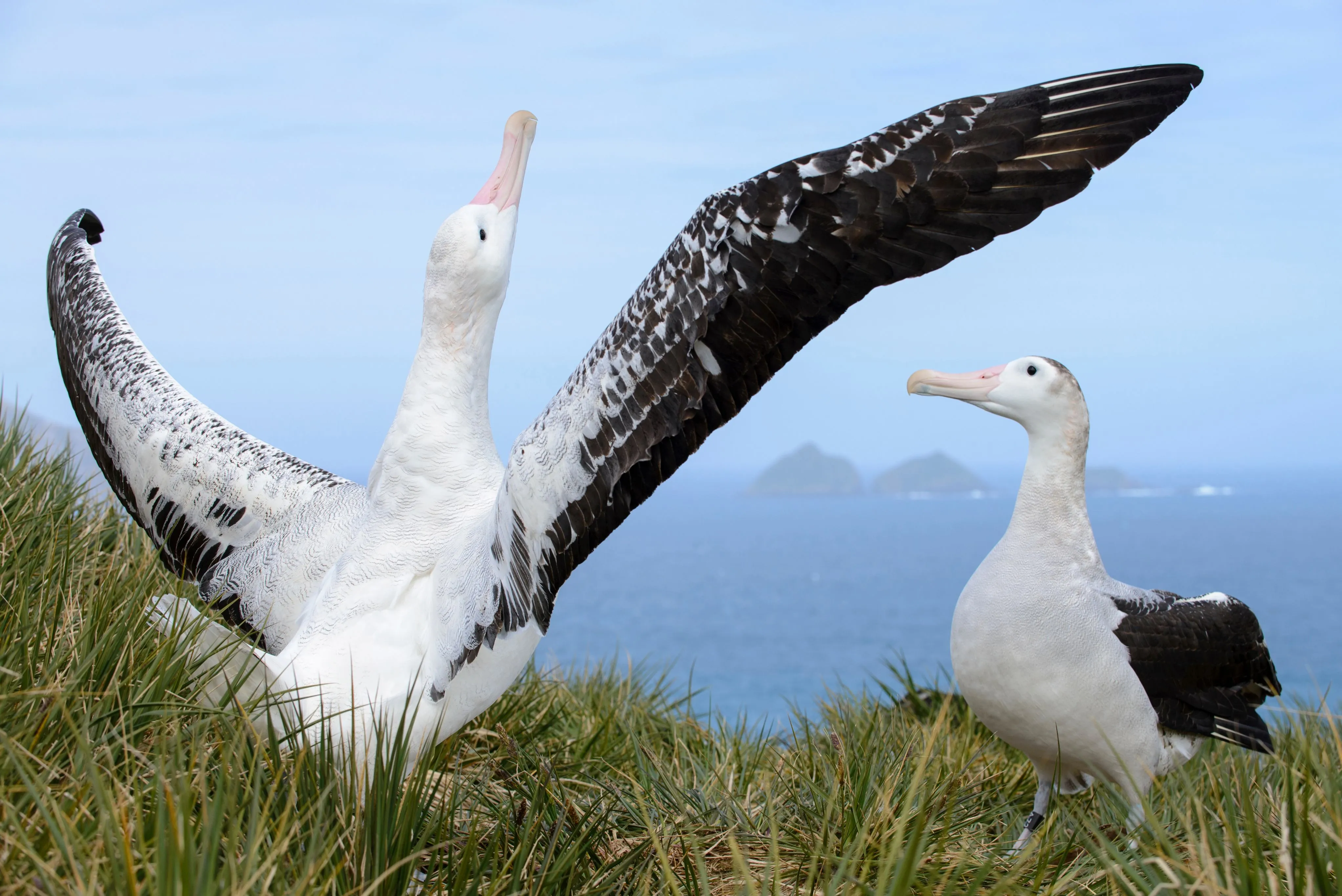
Another species success has been the return of the Common Crane to the UK. Cranes became extinct from the UK in the 1600s, in part due to a lack of habitat - the wetlands they rely on were repurposed. In 1982, the first pair of Cranes bred in the UK in 400 years on the Norfolk Broads. The breeding pair count made a very slow increase over the following three decades, with a pair establishing at RSPB Lakenheath Fen, a restored reedbed. In 2017, it was estimated by the British Trust for Ornithology that there were ten breeding birds across the UK. Those numbers have since significantly increased, and 2023 saw at least 80 breeding pairs recorded.
The Great Crane Project was partnership project between The Wildfowl & Wetlands Trust (WWT), the RSPB and the Pensthorpe Conservation Trust. The aim was to reintroduce hand reared Cranes to the Somerset Levels, and to support landowners in creating improved habitats, suitable for the growing population of the UK’s tallest bird. Funded by Viridor Credits Environmental Company, the project ran over six years and in 2023, twenty-six pairs were confirmed because of project released birds.
The best part? Those responsible for rearing the Cranes did so by acting with a parent Crane puppet to feed those little beaks.
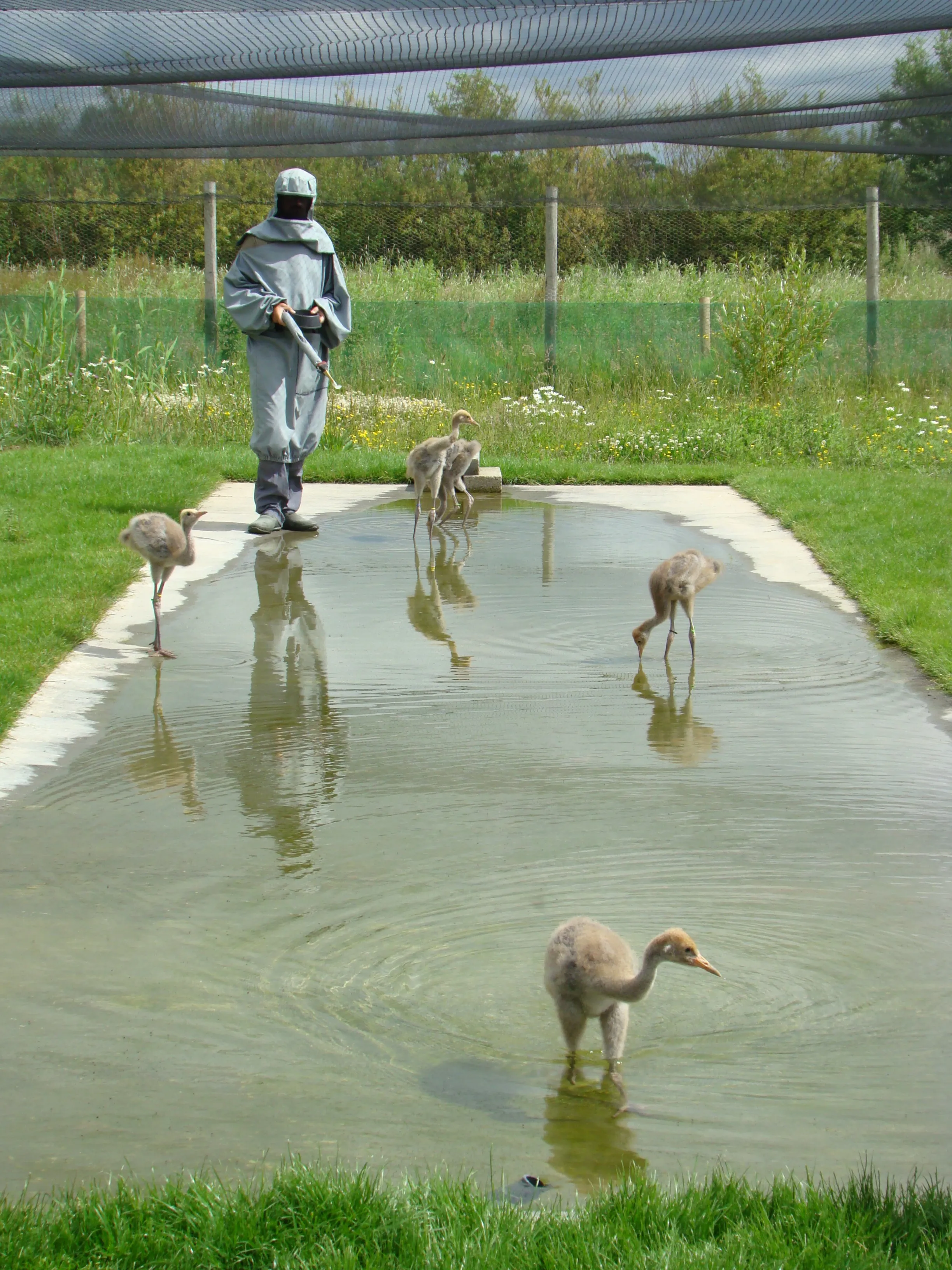
While our supporters have allowed us to achieve great wins for nature, we can’t hit our ambitious milestones alone. Working with partners has allowed us to unlock conservation opportunities on a landscape scale, helping us to tackle the nature and climate emergencies.
At 600 square kilometres, Cairngorms Connect the UK’s largest habitat restoration project. The project is a 200-year vision, aiming to restores species and habitat health. Home to Caledonian forest, flood plains, and peat bogs, the work with partners enables the creation of joined up habitats, a hopeful stronghold for threatened species like Pine Martens and Capercaillies. Meanwhile, the project stores carbon and offers nature-based solutions in the face of a changing climate.
Similarly, working with United Utilities at RSPB Dove Stone, we are restoring blanket bog around a reservoir in Greater Manchester. Over the past 200 years, the peat bog has been degraded, due to draining, grazing and burning. This year, the team have celebrated their millionth planting of Sphagnum Moss, helping the bog to stay wet and store carbon.
United Utilities are also an essential partner in our work in Cumbria, where we manage their land at Haweswater for the benefit of nature and for local communities. Wild Haweswater is home to Red Squirrels, Badgers, rare alpine meadows and fragments of forest. By rewetting bogs, rewiggling rivers and regenerative hill farming with nature in mind, we’re restoring the landscape to benefit the wildlife, water and people. Diversifying the land, and the experiences we offer, is helping to support the local economy and provide space for people from all walks of life to enjoy our natural environment.
Haweswater now sits in a wider landscape recovery project, Cumbria Connect. Led by the RSPB, the £4.1 million funded recovery project sees the United Utilities and RSPB team at Haweswater partnering with surrounding landowners, including the Lowther Estate, Natural England and the Orton Fells Farm Cluster, to improve 84,000 acres of land. The reintroduction of Water Voles to the area was the first project as part of Cumbria Connect – the river restoration across a more connected landscape is a lifeline for a species suffering sharp declines.
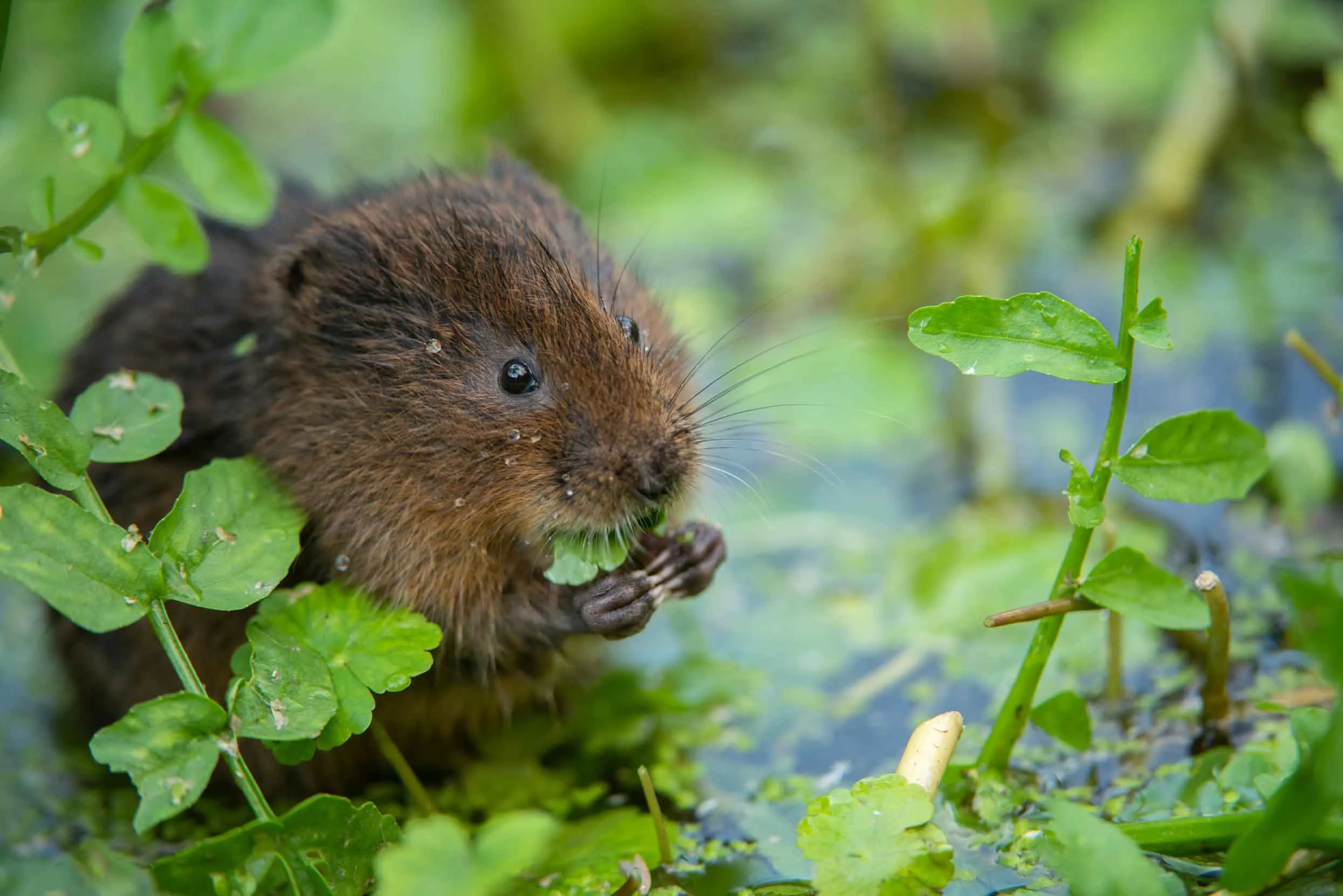
We’re also working with partners to make nature a priority everywhere, not just on reserves. We’re on hand to support businesses to make their work work for wildlife.
Since 2014, we’ve been partnered with Barratt Developments to improve practice in home building. Together, we have focused on three main aims. The project has seen us advise the developers on creating new build homes with nature in mind, it aims to inspire homeowners to make wildlife-friendly choices on their patch and it aims to influence policy and legislation.
The creation of Kingsbrook in Aylesbury, a nature friendly housing development, was built to exemplar standards, and Kingsbrook has been used to showcase the possibilities of future developments to MPs and other developers. The 2450 new homes have been built with Hedgehog highways, Swift nesting bricks and pollinator-friendly planting, while the estate has been sympathetic to existing natural features, like hedgerows.
Barratt’s sponsorship has allowed us to create Nature on Your Doorstep, a project packed full of tips and tricks to inspire people to transform their outdoor spaces into wildlife havens.
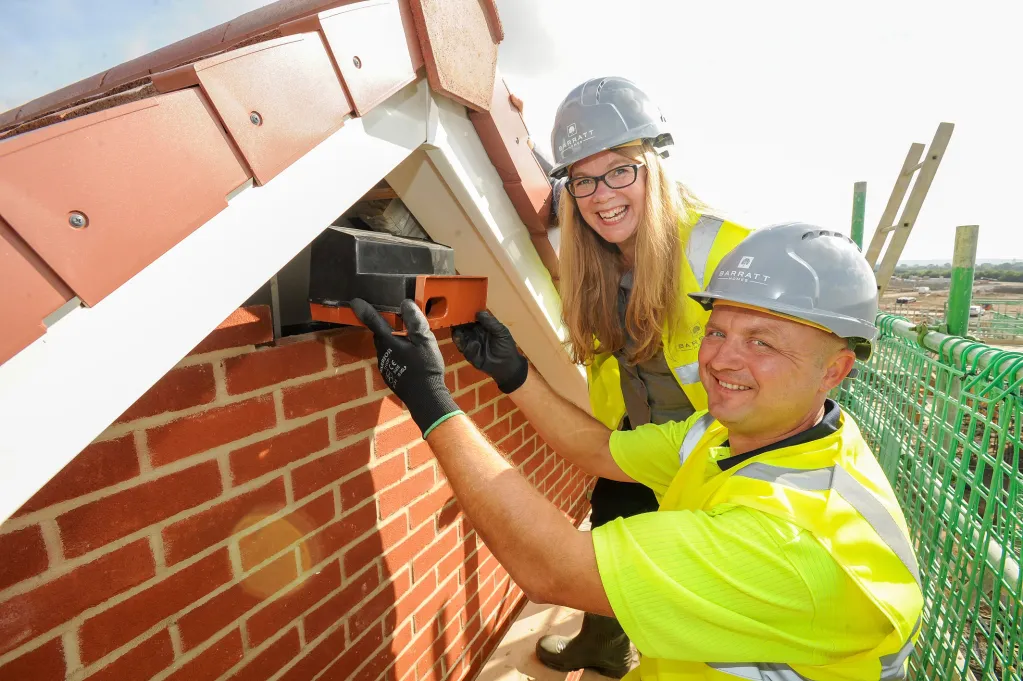
In 1997, the RSPB hit 1,000,000 members! We’re a community of nature lovers and outdoor enthusiasts, and together, we make up Europe’s largest nature conservation charity.
Your support has allowed us to do hands on conservation both on our own land, and our partners’, so we can see nature thrive. Your generosity has enabled us to research ground-breaking science, leading to species recovery. Adding your individual voice to the RSPB has meant we could achieve big legislative wins for nature together.
Along with our current 1.1 million members, we have 12,000 volunteers in our team who make our work possible. From planting Sphagnum Moss to inspiring school children to connect with nature, we couldn’t do the work we do without their help.
While nature still faces extreme challenges and threats, we have the toolkit we need to build change. With you, our supporters, on board we know that the wins we have seen here are just the beginning. Together, we’re laying the foundations of a future where nature thrives.
Join us!
